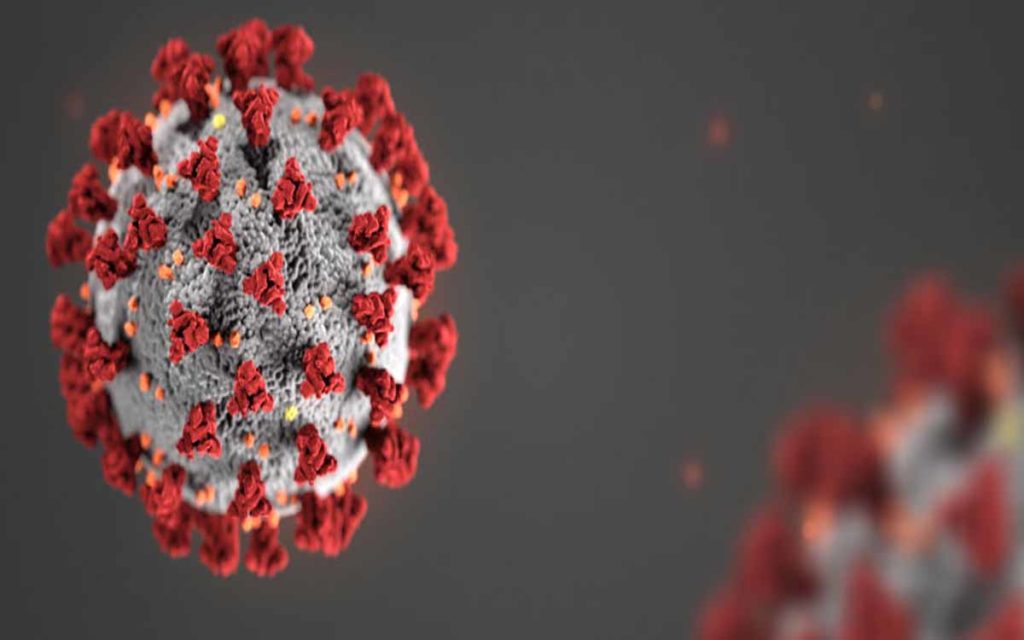
With the passing of July 31, we now have several months of data to look at to see the progress of COVID-19 in Ontario. Compared to many states and countries, Ontario has fared quite well. Thankfully, many of the early disaster scenarios laid out by epidemiologists and public health officials have not come to pass.
In the early days of the virus in Ontario, in March, the virus appeared quick and spread even quicker. Borders were closed, as were schools and other public institutions followed by most of the rest of the economy. The greatest fears of thousands of patients flooding into an unprepared hospital sector ill-equipped for a pandemic, were predicted. Emergency measures were introduced and Premier Ford, Health Minister Christine Elliott and Ontario Public Health set up a Provincial Command Centre to set the pace.
One of the earliest and most prescient positions taken by Premier Ford, was that Ontario would have to enlist all hands-on deck in order to become self sufficient in ventilators and personal protective equipment (PPE). As hospitals and ICUs began to fill up around Ontario, ventilators were considered essential in dealing with what was considered a lung attacking disease. And ventilators were indeed used early and often. But a worldwide pandemic brought a worldwide demand for a piece of equipment that was expensive and in short supply.
Ford put out a call to the Ontario manufacturing sector and many retooled, like Guelph auto manufacturer Linamar, and started to produce the machines. At the same time, other companies like Dillon’s in Lincoln turned their plants from liquor manufacturing to alcohol-based hand sanitizer production. Others made masks, like St. Catharines’ Calhoun. Autoliv in Tilbury switched from making airbags to protective gowns
In the meantime, an early shortage also appeared in testing capacity. No state or country had enough testing kits, nor effective turnaround times for those that did get tested. Brilliant online self-assessment programs developed quickly and Minister Elliott ramped up Ontario’s Telehealth, hiring hundreds of retired nurses to staff busy lines. This was how Ontario managed early supply problems with testing, letting only the most symptomatic get tested.
Statistically, April was bad. March saw an average of about 3200 tests per day. Infection rates were high as only the most symptomatic were tested and people arrived home from March break travel abroad. In April, testing ramped up slowly and ended up averaging about 7,870 per day with 475 per day testing positive. April saw an average daily ‘testing positive rate’ of about 6%. It also saw peak positive percentage days of 17% on April 8. April 24 saw a peak of 640 people test positive.
During the crisis a new unflappable, empathetic Premier Doug Ford arrived on the scene. His daily briefings and insistence on following public health professionals’ instructions calmed a fearful province watching with trepidation as infections rose along with deaths, especially amongst the very elderly and like in most jurisdictions, in long term care settings. Ford preached the mantra that constant hand washing and severe social distancing would help Ontario ‘crush the curve’.
He lost his cool though when public health officials continued to fall short of increasing testing availability. His ire brought results. May saw testing ramped up to 14,640 per day with about 2.65% per day testing positive. May 1 saw 511 positive tests which was the high for the month.
In June the testing ramp-up fared even better, with an average 23,650 tests conducted per day and the average positives per day dropping to below 1%. On June 1 there were 446 positives which was the high for the month.
July was very good with 24,500 tests per day conducted and the average daily positives rate staying below 1%, actually sitting at 0.53% for the month. July 28th saw the total number of daily positive cases in Ontario fall below 100 for the first time since March 25th. July saw Ontario average just over 130 positive new cases per day. As of August 2, only 72 people are hospitalized with COVID-19 across all of Ontario, with 26 patients in ICUs and 14 on a ventilator.
With the ‘crushing of the curve’ seemingly in hand, with ICUs nearly empty of COVID patients in Ontario and a better understanding of how to treat the disease in play, though with a foolproof treatment regime still escaping us, Ford gingerly moved Ontario to Stage 1, 2 and finally 3 reopening. Schools in September are supposed to follow suit. But the rest of the world has not been as successful, with many U.S. states like Florida and Texas, and countries like Australia and Japan, unsuccessfully reopening.
Perhaps the Canadian historic natural tendency toward peace, order and good government has made us all more cooperative to social distancing, practicing better hygiene and now being tolerant and cooperative with universal public mask wearing. These governmental closures, dictates and advisories have been adopted, in most cases willingly, and knock wood we have not yet seen a second wave in Ontario as have many of the aforementioned jurisdictions.




















